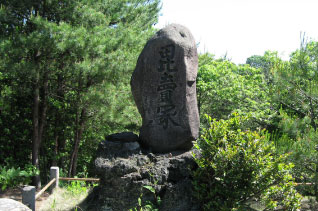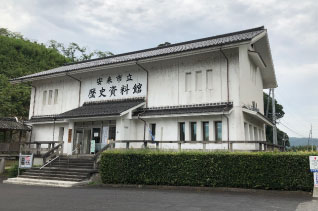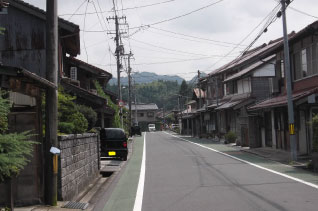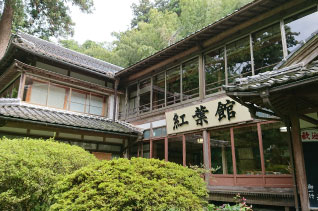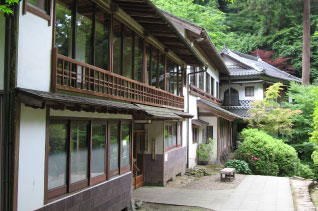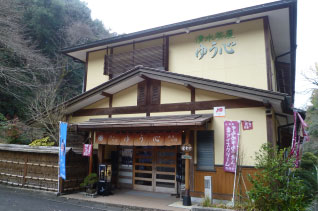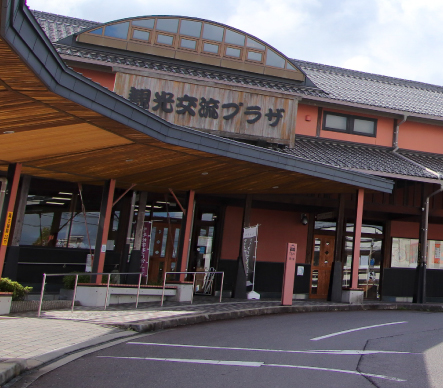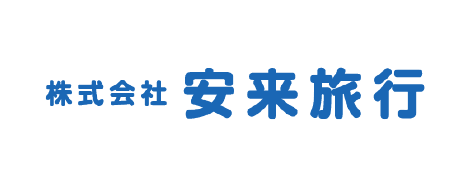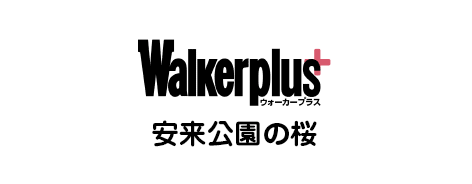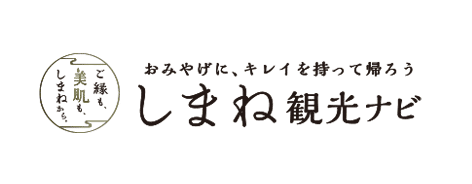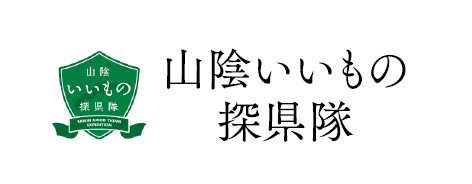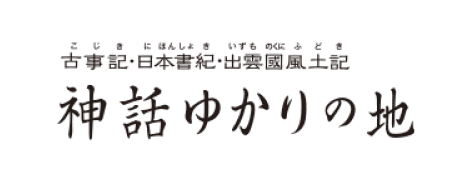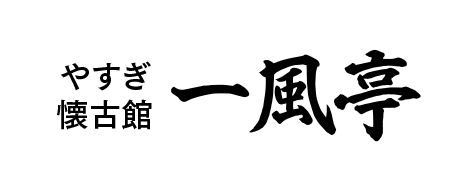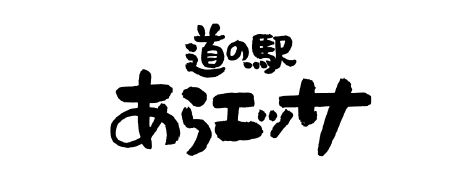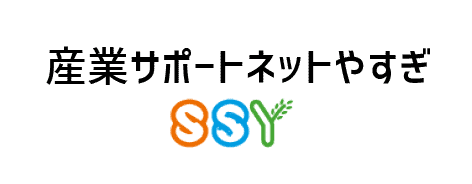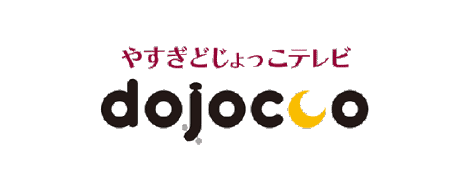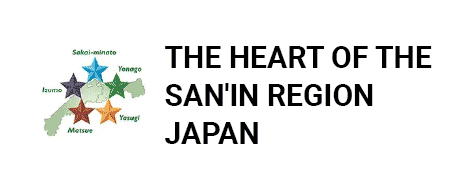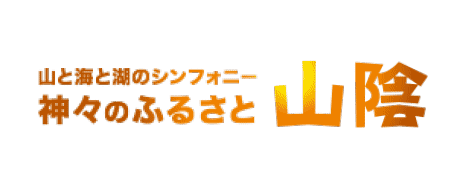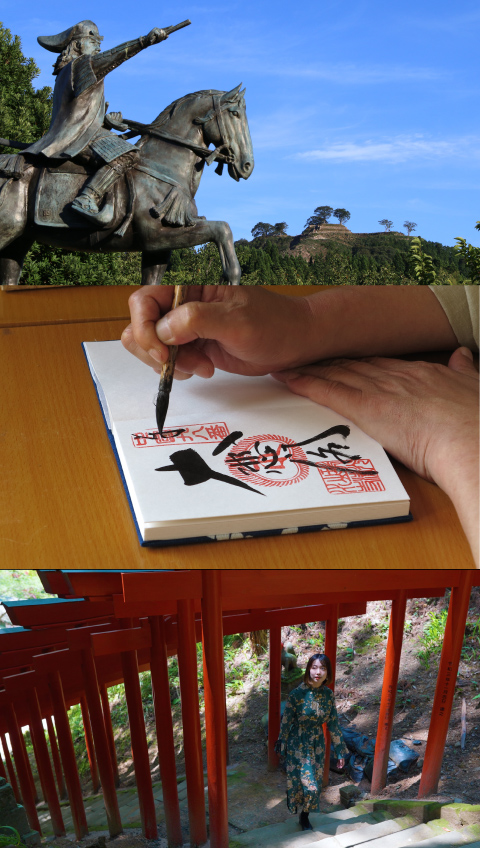
 Historical and Mythological Town
Historical and Mythological Town
Since the age of the gods, a long time has passed.
At one time, it was the setting for a myth.
At other times, it’s a battleground.
The town of Yasugi has created numerous eras.
Feeling the presence of the past in the mountain range
A journey to visit the footprints of history, letting the passage of time take over.
Let us take you to the story of Yasugi.
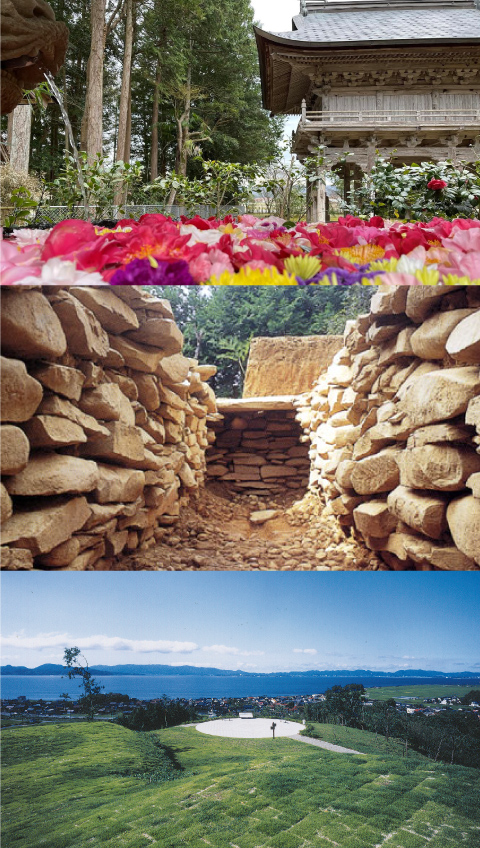
Myths from Yasugi
The Izumo region is known as the stage of Japanese mythology, and many stories have been preserved here in Yasugi. Here we introduce some of the ancient shrines associated with the myth, which are also mentioned in the Izumo Fudoki (Izumo Province Fudoki).
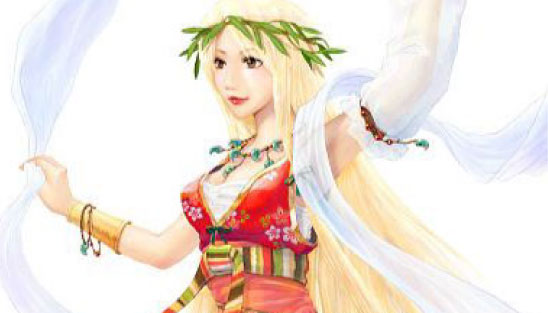
Worship Izanami-nomikoto
Hibayama Kume Shrine
The first married couple in Japan, they were born of the god Takamagahara, “Izanagi-no-mikoto”and“Izanami-no-mikoto”The two were the first to create the country of Japan. The two gave birth to the country of Japan and all the gods of the sun, moon, and water. Finally, when the god of fire was born, Izanami was severely burned and died. Her husband, Izanagi, mourned and buried Izanami on “Mt.Hiba”.
The mausoleum of Izanami is said to be located on the 320-meter-high Mount Hiba, which rises in the mountainous Hakuta Town of Yasugi City. Near the top of the mountain is the inner sanctuary of the Hibayama Kume Shrine, which enshrines Izanami. Izanami is said to be the mother goddess who gave birth to many gods and goddesses, and is believed to bring blessings such as easy childbirth and fertility.
There is a well-maintained path to Hibayama Kume Shrine for hiking and climbing, and the viewpoint offers a panoramic view of Yasugi City.
For more information

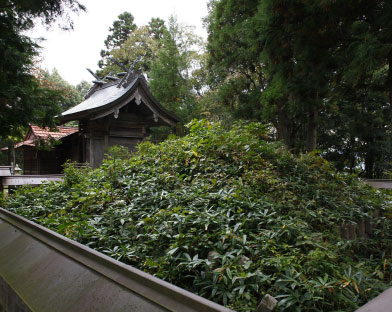
Noki Shrine, one of the four great deities of Izumo
“Izumono-Yondai-okami”refers to the deities mentioned in “Izumo no Kuni Fudoki” who were honored with the title of “Ookami” (Great God).
The deity of Noki Shrine is “Noki-taijin” and is worshipped as one of the four great deities along with Kitsuki-taijin (Izumo-taisha), Kumano-taijin (Kumano-taisha), and Sada-taijin (Sada-kamisha).
“Noki Daijin” means“Ame-no-hohi-no-mikoto”.“Amaterasu-oomikami”The second child of the He was sent as the first messenger in the myth of the handover of the kingdom and“Okinunushi-no-kami”However, as he tried to persuade Okuninushi to give up his kingdom, it is said that his heart fell in love with Okuninushi and he came to live in Izumo as Okuninushi’s assistant.
The shrine is said to have been a grand shrine building in ancient times, but it was destroyed in a fire, so it was rebuilt by Mr. Horio, who ruled Izumo on behalf of Mr. Mouri, and continues to this day.
For more information

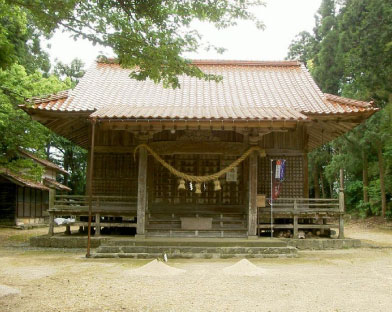
Ancient Izumo Country
In the Arashima area of Yasugi City, there are many burial mounds from the Yayoi period to the Kofun period. Among them, four burial mounds, including a large four-corner protruding burial mound, are maintained as a park and are collectively called the “Ancient Izumo King Mausoleum Hill”.
From the top of the 50-meter-high mound, visitors can see the town of Yasugi below and the Shimane Peninsula and the Nakaumi Sea in the distance. The Shimane Peninsula is mentioned in the Izumo no Kuni Fudoki, a myth that the land was created by drawing together several countries.
For more information

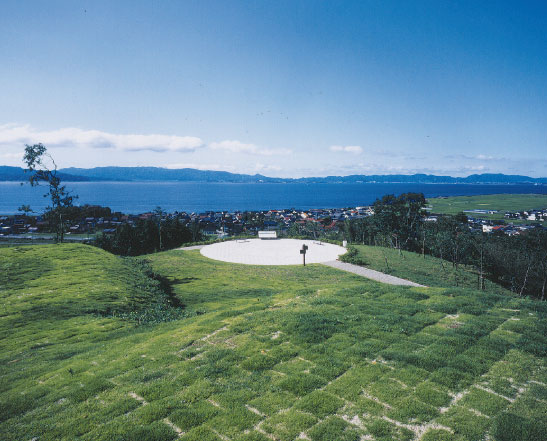
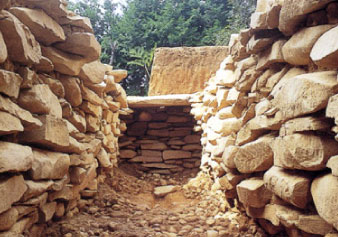
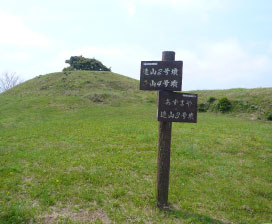
Gassan Toda Castle, a famous impregnable castle
“Gassan Toda Castle” is a compound-walled mountain castle that makes use of the topography of Mt. During the Warring States period, Amago Tsunehisa and Amago Haruhisa ruled over 11 countries in Sanin and Sanyo, reaching their heyday. It is known as an impregnable castle because it can only be attacked from three entrances: Sugayaguchi, Mikomoriguchi, and Shiotaniguchi.
No buildings remain today, only the stone walls from the Yamanaka Palace to the top of the Honmaru are preserved. There are many history fans who are fascinated, and many people from all over the country visit the castle ruins. In 1934, it was designated as a national historic site, and in 2006, it was selected as one of Japan’s Top 100 Castles.
For more information

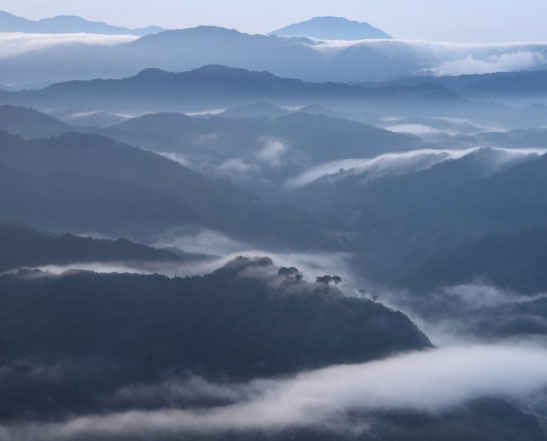
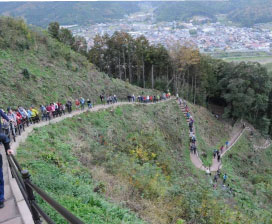
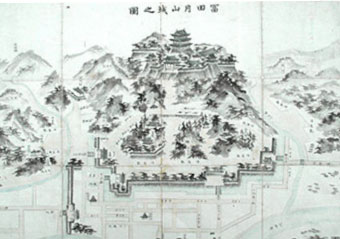

Two major power spots in Yasugi
At two ancient temples that are said to be power spots in Yasugi City
Let’s boost our luck!
Kiyomizu-dera
An ancient temple of the Tendai sect with a 1,400-year history, it has long been worshipped as a “temple to drive away evil spirits” and is famous for its cherry blossoms and autumn leaves, and is dotted with numerous cultural assets, including the only three-story pagoda (designated as a prefectural cultural asset) and Nemoto-do (an important cultural asset) in the San-in region.
For more information

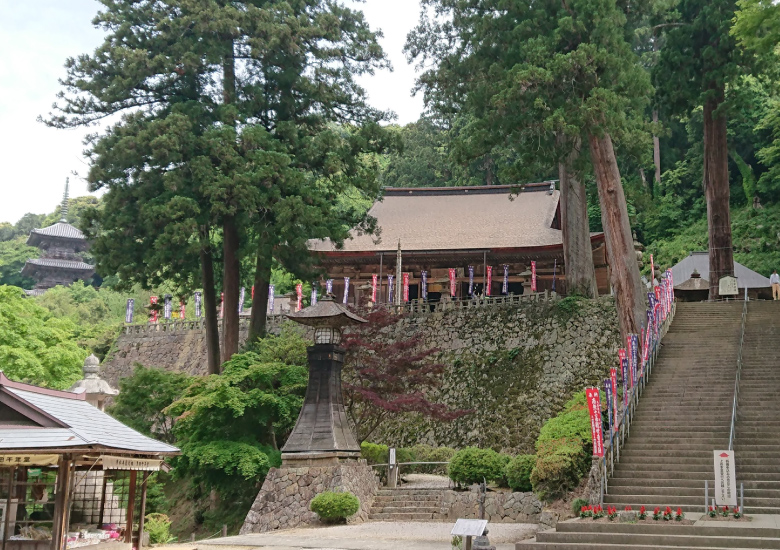
unjyu-ji temple
This temple of the Myoshinji School of Rinzai Zen Buddhism was founded in 1322 by the famous Zen priest Koubou Kakumei, an imperial messenger of Emperor Go-Daigo and Emperor Go-Murakami. The oldest Korean bell in Japan (an important cultural property) is housed in the Kaisandō Hall, and the beautifully landscaped Zen garden “Genroku-no-niwa” offers seasonal views.
For more information

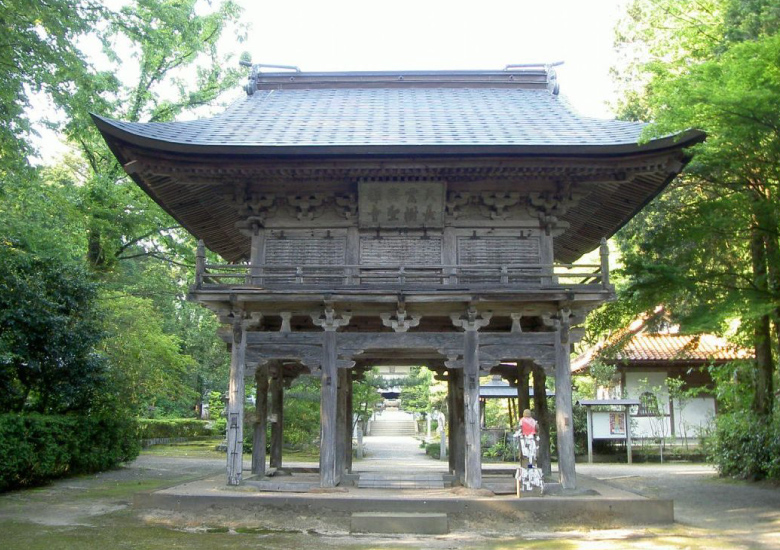
Visit both Kiyomizu-dera and Unjyu-ji temple for more blessings!
Oni and Tennyo’s tour of good fortune
-
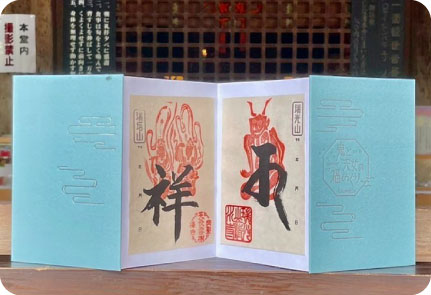
The Oni Daishi of Kiyomizu-dera Temple, who ward off evil spirits from the outside, and the Tennyo of Unjyu-ji Temple, who bring happiness to the inside. Although they may look like opposites, both Oni-daishi and Tennyo are good luck guides. By visiting both temples, you will attract good luck and bring good fortune to the world.
-
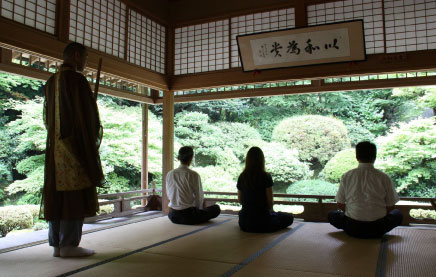
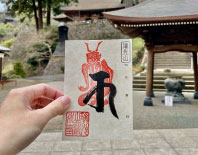
Kiyomizu Temple × Demon
It is said that during a time when the world was plagued by epidemics, the priest Onidaishi took on the form of an ogre to protect people and save them from disaster. From this fact, Onidaishi is said to be a being who exorcises evil spirits outwardly so that bad things will not come near.
*Although generally called “Kakudaishi,” Kiyomizu-dera Temple is familiar with it as “Onidaishi” (Oni Daishi). -
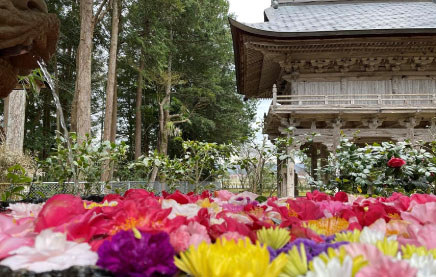
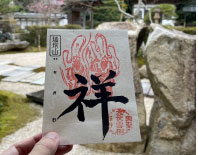
Unjyuji Temple x Tennyo
In Buddhism, Tennyo refers to a woman in the heavenly realm. The Korean bell that can be seen at Unjyu-ji Temple is inscribed with a design of Tennyo Sangaku, depicting a being who plays a musical instrument to carry invisible true happiness in her heart through sound.
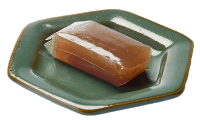
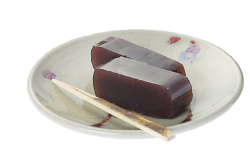
Speaking of Kiyomizu…
Kiyomizu Yokan, certified as “100-year food
Kiyomizu yokan has its origin in the fact that the process of making yokan was handed down from Kiyomizu Temple in the Kamakura period (1185-1333). It has been recognized as a “100-year food” by the Agency for Cultural Affairs as a food culture that has been passed down from generation to generation in the region, preserving the same ingredients and production methods as in the past. It is now made at four stores in Yasugi and is a standard souvenir of Yasugi.
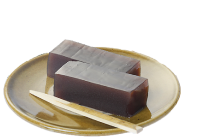
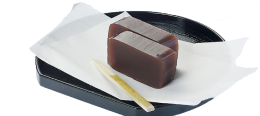
Related Spots
-
43-meter-long round-topped mound with a frontal arch
Himezuka Burial Mound
-
Learn about Gassan Toda Castle and the history of Yasugi
Yasugi Municipal Museum of History
-
Row of samurai residences from the Edo period
Streetscape of Mori
-
Inn and vegetarian restaurant in the precincts of Kiyomizu-dera Temple
Koyokan, an inn on the grounds of the temple
-
Japanese Cuisine Ryokan with a focus on vegetarian cuisine
Izumo Road Hotel Syoukinkan
-
Vegetarian restaurant located at the foot of Kiyomizu-dera Temple
Kiyomizu teahouse Yushin





